Home > Heading ‘Down to Earth’ (South)
Heading
'Down to Earth' (South)
The regenerative farming event for livestock, Down to Earth, was recently in Somerset and will soon head north. With speakers covering a wide range of subjects and a farm walk to join, AF Livestock Inputs Coordinator Frances Roberson reports what she gleaned from the day.
Duncan Able, Natasha Edwards and I attended the first of two Down to Earth events this year. Organised by Royal Association of British Dairy Farmers (RABDF), Arla Regenerative Farming Pilot Farm Networker Neil Baker hosted the day at his farm in Somerset.
In the speakers tent
We heard talks from guest speakers throughout the day on:
- Benefits of regenerative agriculture
- Healthier animals, healthier profits
- What regenerative farming means for different farming systems
- Regenerative farming: from the ground up
Host farmer Neil Baker shared an interesting glimpse into how he runs his farm with his ‘circular farming’ (whole-farm) approach. With an 1,800 strong indoor herd of milking cows, he grows 80% of his own feed with a rolling silage stock.
Out on farm
We joined the farm walk, which featured six talks on:
- pasture management
- maize trials
- sustainable feeding
- AD plant
- improving genetics
- soil science
Throughout the day there were also feeding, tractor and scraper, drilling and electric telehandler demonstrations.
Learning points
Bringing livestock back
Ffinlo Costain, Chief Editor of news channel 8.9ha spoke about livestock as an essential part of regenerative farming going forward: “it’s not the cow but the how”. With livestock often perceived as part of the environmental problem, rather than the solution, it was refreshing to hear about benefits a mixed farming regenerative system can bring.
Grasses and grazing
The pasture management tent provided a fascinating insight into different varieties of grasses (and seed) for better soil health and grazing best practices for ultimate sward health.
Mob grazing was encouraged, suggesting cattle should be rotated onto different pasture every couple of hours for best results. Although it was widely accepted that this isn’t necessarily practical for many farms!
Interestingly, it was highlighted that over-wintering sheep on ground cattle have grazed is now considered worst practice, and should be avoided at all costs. Why? To give the ground time to recover, improving quantity and quality of grass for spring.
Powering change
At the AD plant, we heard about different options for smaller AD units made from containers. We also saw New Hollands run on biomethane instead of diesel, and JCB telehandlers run off electricity. It was interesting that neither compromised on performance compared to their traditional fuel alternatives, so perhaps sustainably fueled farm machinery isn’t a dream for the future.


Making livestock part of the solution
The RABDF have really hit the nail on the head with this enlightening event for livestock farmers. Born out of frustration at the level of criticism livestock farming receives when it comes to sustainability, but it clearly demonstrates it can be part of the solution.
This host farm is clearly well ahead on their regenerative farming journey, but I learnt it doesn’t only have to be about making huge changes or sacrificing practical farming. A collection of small changes can have a beneficial impact on farm sustainability, from changing grazing practices for better nutrition, to reviewing herd genetics to improve sustainability.
See you at Down to Earth North
Whether you want to learn more about what others are doing, or to share your own ideas, we hope to see you at Down to Earth North. Find us on stand N51.
Frances Roberson Livestock Inputs Coordinator
frances.roberson@af.farm 01603 881 944



